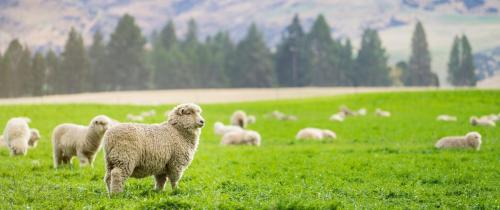Search results
Displaying 131 - 140 results of 409
- Resource book… increasing animal health challenges parasites facial eczema drought years autumn weaner price … increasing animal health challenges parasites facial eczema drought years autumn weaner …
- … R&D and extension aimed at eliminating Facial Eczema impacts in cattle internal parasite …
- … solve industry-wide animal health issues like facial eczema and internal parasites. Working on …
- Hill Country Futures is a long-term $8.1m programme focused on future proofing the profitability, sustainability and wellbeing of New Zealand’s hill country farmers, their farm systems, the …
- research development record june 2016 20082016 further information please contact kaylene larking consortium manager johnes disease research consortium jdrc level 4 wellington chambers 154 …
- Factsheetuniversity nebraska lincoln digitalcommonsuniversity nebraska lincoln faculty publications agricultural leadership education communication department agricultural leadership education communication …
- Industry data… anecdotal reasons lower early results include facial eczema worm burdens lower feed levels causing … anecdotal reasons lower early results include facial eczema worm burdens lower feed levels …
- Resource bookstories articles from hill country futures contents farmer stories 3 sound accessible information critical changes hill country farmers need make 3 supporting initiatives help point farmers right …
- News… final year, is a key part of the Eliminating Facial Eczema (FE) Impacts programme and is helping …

- Industry data… mixed early results range from sub clinical facial eczema worm burden ram failure lamb crop 38 …